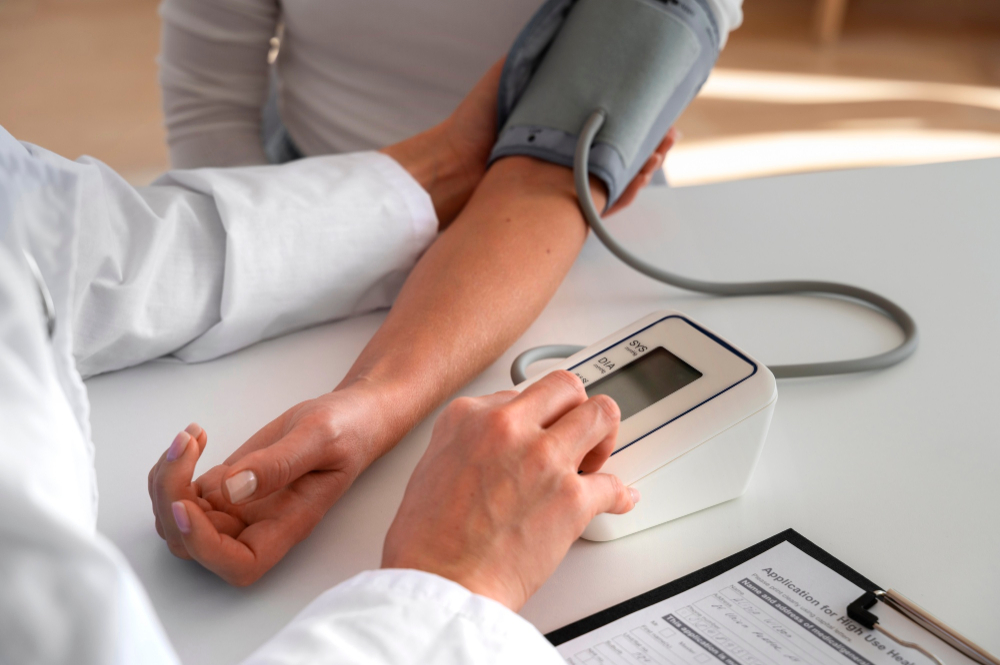
Low blood pressure, also known as hypotension, can be a health risk. It is linked to higher risks of death after stroke, mini-strokes, dementia, acute kidney injury, and hepatic ischemia. Orthostatic hypotension, a drop in blood pressure when standing up, can lead to falls.
While high blood pressure is known to be risky, the dangers of low blood pressure are not as widely recognized, explains Dr. Sudhir Kumar, Neurologist at Apollo Hospitals in Hyderabad. Blood pressure below 90/60 mmHg is considered hypotension.
Some causes are medications for high blood pressure, Parkinson's disease, and depression; heart conditions like heart attack, heart failure, low heart rate, or valve problems; endocrine diseases like Addison's or hypothyroidism; dehydration; blood loss; infection; allergic reaction; and nutritional deficiencies causing anemia.
Heart deconditioning from inactivity can also contribute. The heart muscle weakens and pumping capacity decreases, reducing cardiac output. This is seen with sedentary lifestyles, hospitalization, or illness recovery.
Postural or orthostatic hypotension happens when blood pressure drops significantly upon standing up. Dehydration, certain medications, or disorders affecting the autonomic nervous system can trigger it. Symptoms include dizziness, blurred vision, and weakness.
Recognizing signs of low blood pressure is important, as Dr. Kumar outlines key health risks:
Lifestyle changes like more fluids, salt, caffeine; compression stockings; and moving slowly when standing up can help boost low blood pressure. Seeking medical attention for underlying causes is key.
To help low blood pressure at home, have more salt, drink more fluids, use compression stockings, elevate the head when sleeping, avoid sudden position changes, and take in caffeine before activities. Seek medical advice as well.
The best remedy for low blood pressure for everyone, often increasing fluid and salt intake, using compression stockings, elevating the head when sleeping, and moving slowly when standing up are good first steps. Consulting a doctor to treat any underlying condition is crucial.
Low blood sugar without diabetes can stem from factors like malnutrition, liver disease, kidney disorders, pancreatic tumour, or sepsis. Treatment involves addressing the underlying cause, whether nutritional, hormonal, or an illness. If the cause is unclear, doctors will run tests to diagnose it.
Common symptoms of low blood pressure can include dizziness, light-headedness, fatigue, nausea, blurred vision, fainting, pale skin, rapid shallow breathing, and rapid heartbeat. Very low blood pressure may result in organ damage. Recognizing the signs is key.